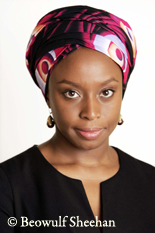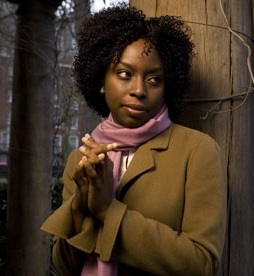Immigration all over the
world
Immigration has been always the first option for people from different
countries to escape from their hopeless situation. For example, people from
Spain migrated to Argentina and others countries, because of the Spain Civil
War. As another example, people from Bolivia and Paraguay usually migrate to neighbor
countries in order to escape from their countries’ devastating economic
situation. As still another instance,
most people in Argentina decided to migrate to USA and Spain in 2001, as a
result of the social, political and economic crisis the country was suffering
at that moment. Clearly, most of the people around the world choose to be
exiled from their origin country when they are living a desperate situation.
My new version taking into account Ana's suggestions
Immigration has been always the first option for people from different countries to escape from their hopeless situation. For example, people from Spain migrated to Argentina and others countries, because of the Spain Civil War. As another example, inhabitants from Bolivia and Paraguay usually migrate to neighbor nations in order to escape from their countries’ devastating economic situation. As still another instance, most of the population in Argentina decided to migrate to USA and Spain in 2001, as a result of the social, political and economic crisis their native land was suffering at that moment. Clearly, most of the citizens around the world choose to be exiled from their motherland when they are living a desperate situation.
My mate (Ana Lia Alonso) has some problems to upload her comment in the comment section, so she sent it to me by email.
The paragraph written by you is clear, correct and it shows a real knowledge of the subject.
I believe that to improve it, you should use more synonyms, since your group of words contain a repetition of some items as: people, from, country.
If I were you, instead of people I would sometimes use: person, inhabitants; population
Instead of country: land, nation, the place were they came from, their native place, the place were they lived before
I believe that to improve it, you should use more synonyms, since your group of words contain a repetition of some items as: people, from, country.
If I were you, instead of people I would sometimes use: person, inhabitants; population
Instead of country: land, nation, the place were they came from, their native place, the place were they lived before
Instead of people from USA, USA´s people.
I really expect my suggestions will help you as I am sure yours will improve my writing.




